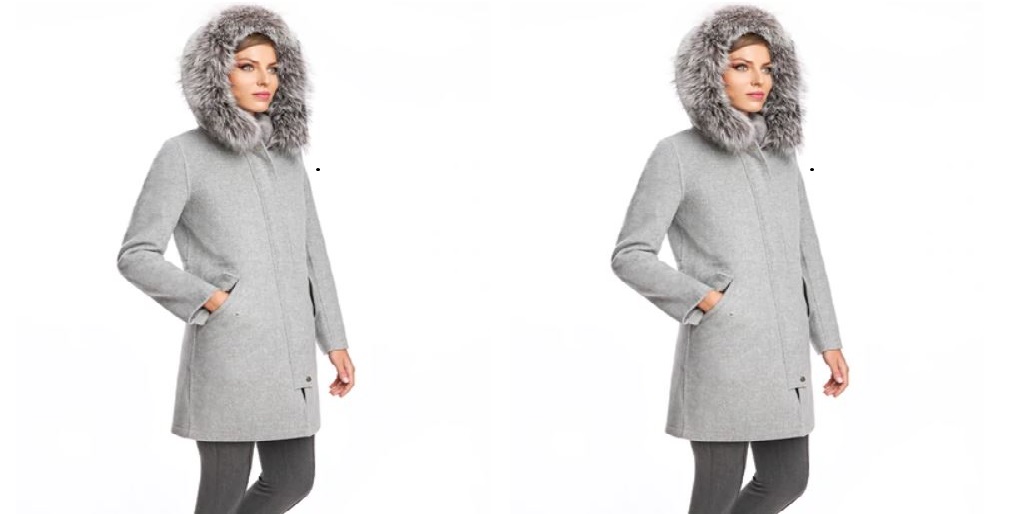
There is no doubt that you love your fur garment, whether it be a luscious and long fur coat or a puffy, accentuating fur hat. Your favorite real fur item not only looks excellent on you regardless of your outfit choice but also keeps you warm and insulated during those colder winter months.
While it is so easy to fall in love with authentic fur, it is not so easy to care for and maintain it– especially if you aren’t sure of how to do it. And, if you don’t take proper care of it, there are a lot of negative outcomes that could befall your beloved fur:
●The pelt could swell, then contract, and ultimately crack
●The overall garment could malt, get moldy or musty, or lose its illustrious shine
●The strands could become dull and lose their softness
We most certainly don’t want any of the above to happen. With that, let’s take a look at some key tips and tricks for successful fur storage to keep it servicing you for years to come.
Set the Optimal Temperature
The ideal temperature range for storing fur is between 50 and 60 degrees Fahrenheit. If the temperature around the fur goes either above or below these temperatures, the pelt could experience lasting negative effects. You should also ensure that the temperature doesn’t fluctuate too much and stays within that sublime range.
Pay Close Attention to Humidity
While the temperature is extremely important when storing your fur, another equally important factor is humidity. For example, a refrigerator’s temperature could fall in the desirable range for your fur, but it’s a problematic storage facility for fur because its humidity is far too high and could damage it.
Therefore, pay close attention to the humidity of your fur storing location. Furs do best with a 45-50% humidity range, so ensure wherever you’re placing your fur as humidity control.
Store Your Fur in a Well-Ventilated and Dark Location
Ensuring the location in which your fur garment is being stored also is dark and well-ventilated. Light exposure can drastically depreciate the color of the fur. Proper ventilation is key, including not cramming fur garments amongst other clutter. If there isn’t optimal ventilation for fur, the chances of mold, must, and changes to overall design drastically increase.
Don’t EVER Put It in a Plastic Bag!
We cannot say this strongly enough: do not ever put authentic fur in a plastic bag! We mean it– even for a few minutes. Plastic can suffocate the fur (poor ventilation) and even expose it to direct light (damage the colors of the garment). Instead, always store your authentic fur items in a cloth bag.
Try Using a Professional Fur Storage Location
It can be difficult to locate a place in your home that perfectly adheres to all of these requirements, so we highly recommend you instead use outside fur storage services from professionals like Maximilian. They have storage for fur garments located across the country and will happily and efficiently store your garments even if you didn’t purchase them from Maximilian! Give them a call today at 800-TLC-FURS to get started.


